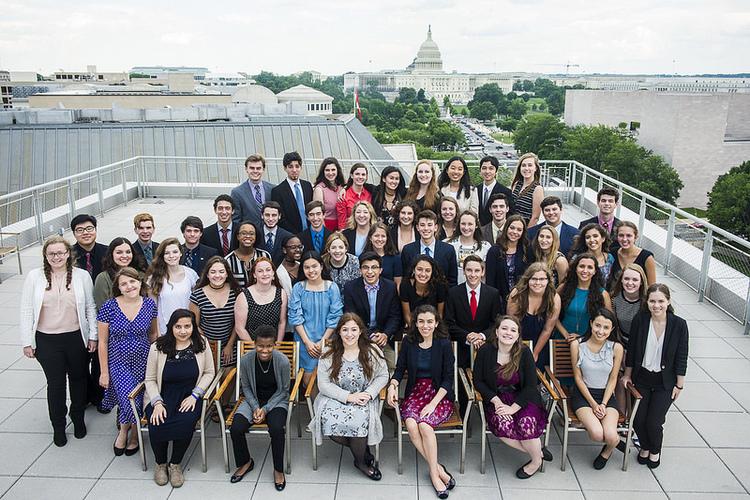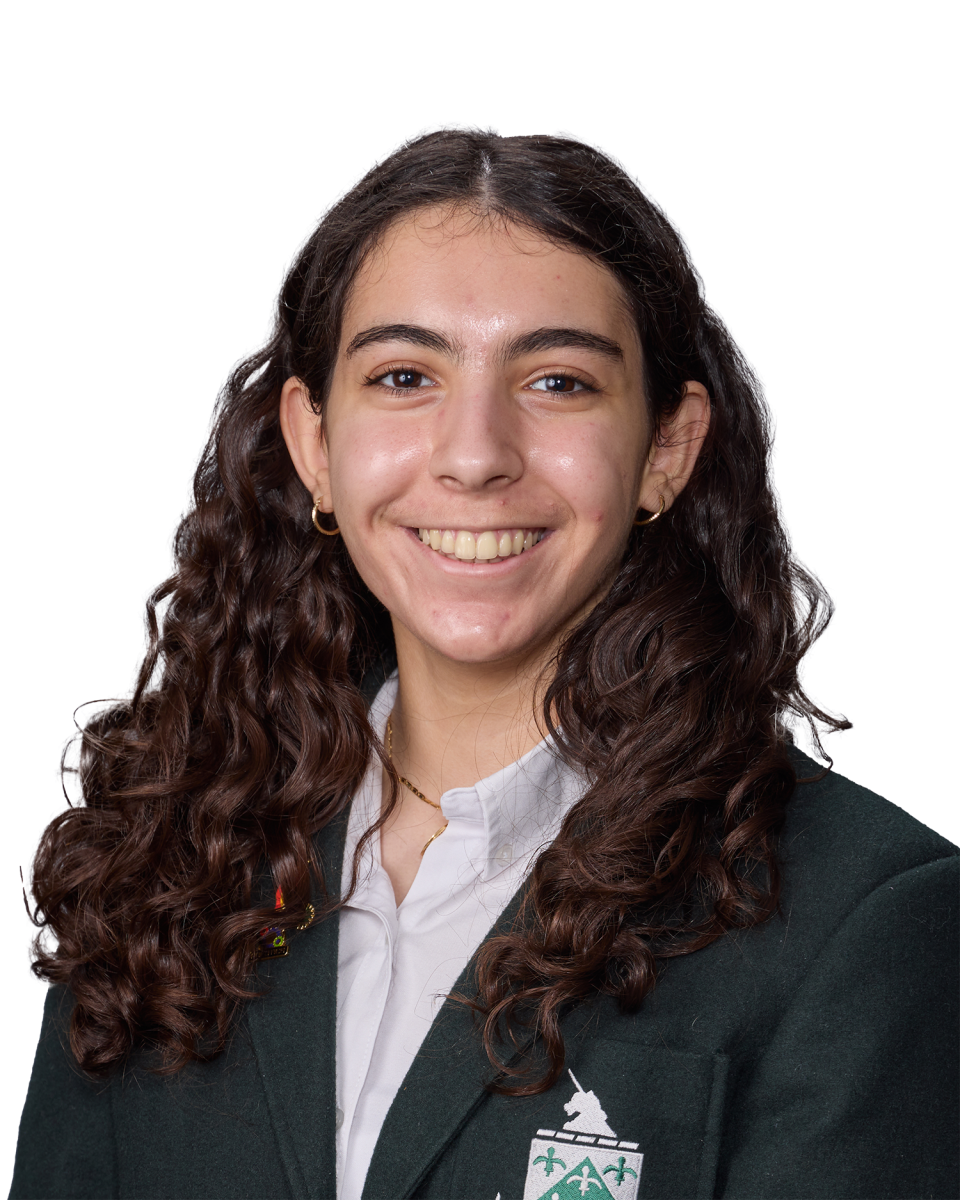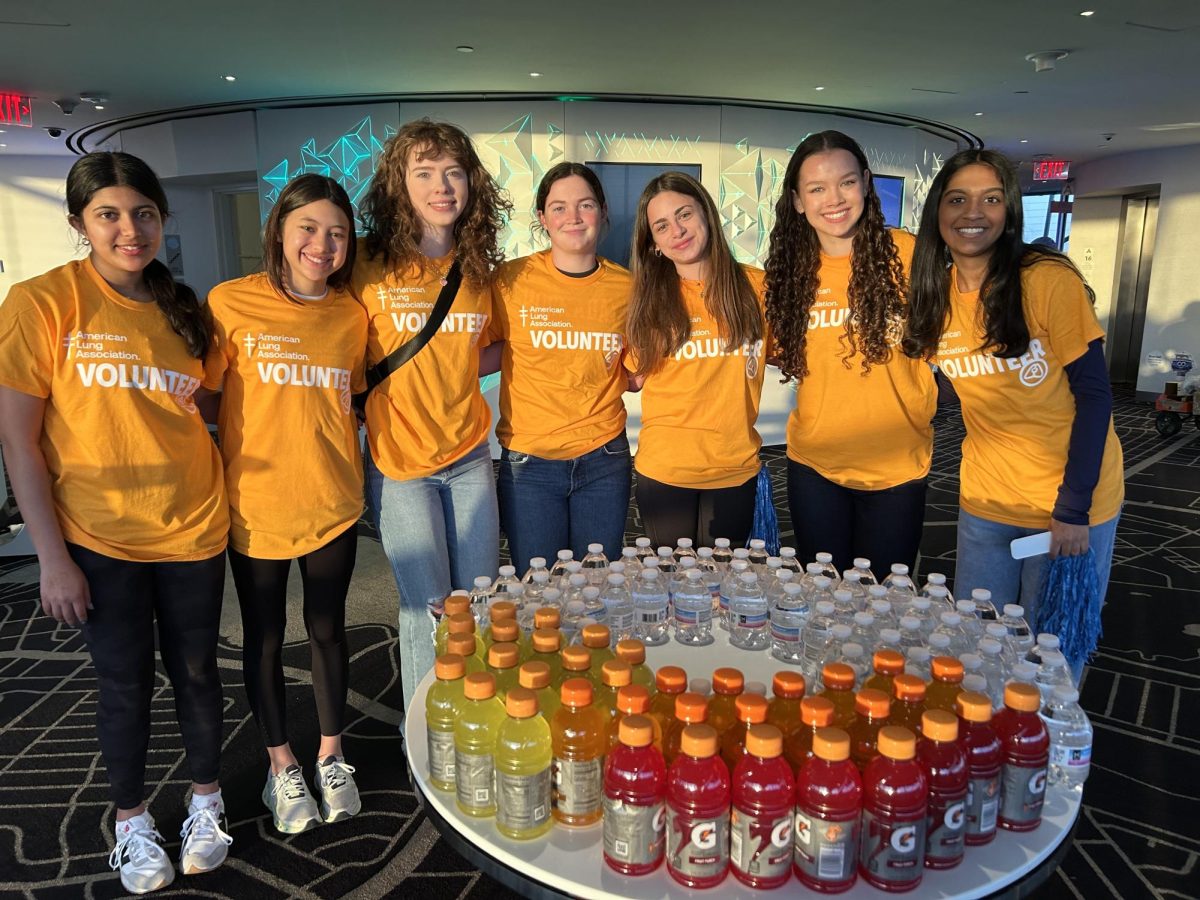PICTURED ABOVE: Student journalists from each of the 50 states and the District of Columbia convened in Washington, D.C. for the Al Neuharth Free Spirit and Journalism Conference to discuss journalistic best practices and the status of the First Amendment. The Free Spirit Scholars had the opportunity to meet Chuck Todd from “Meet the Press” and observe one of his shows. Photo provided by Mary Orsak.
Almost a year ago, I wrote an opinion piece for The Fourcast about the status of the First Amendment during the 2016 presidential campaign. I lamented Hillary Clinton’s dearth of press conferences and Donald Trump’s insinuation that Megyn Kelly’s menstrual cycle affected her ability to report impartially. I even chastised the “nation of liberty” for ranking 41st on the World Press Freedom Index produced by Reporters Without Borders (the U.S. has since dropped to 43rd).
Now, such complaints appear trivial. I truly wish that infrequent press conferences was the primary concern for journalists.
Instead, President Trump and his ilk have launched a crusade against the truth. A quick examination of his tweets from today illuminates his stance on the media.
Yesterday, at 9:04 a.m., Trump tweeted, “We should have a contest as to which of the Networks, plus CNN and not including Fox, is the most dishonest, corrupt and/or distorted in its political coverage of your favorite President (me). They are all bad. Winner to receive the FAKE NEWS TROPHY!”
We should have a contest as to which of the Networks, plus CNN and not including Fox, is the most dishonest, corrupt and/or distorted in its political coverage of your favorite President (me). They are all bad. Winner to receive the FAKE NEWS TROPHY!
— Donald J. Trump (@realDonaldTrump) November 27, 2017
Not only does the president clearly reveal his preference for one network over another (although his love of Fox is no secret) but he also undermines the legitimacy of the fourth estate by deeming them “dishonest, corrupt and/or distorted.”
(Trump appears to have forgotten that a fake Time magazine featuring himself on the cover hung on the walls at five of his golf properties.)
Twelve minutes later, Trump responded to a previous tweet about Joe Scarborough, star of MSNBC’s morning talk show, “Morning Joe,” and said, “The good news is that their ratings are terrible, nobody cares!”
One might laugh off these tweets as mere symptoms of the president’s megalomania or as attempts to distract from the current tax bill, but these comments set a precedence for other nations. If the “beacon of liberty” can denigrate journalists, then all other nations can as well.
On August 9, while addressing members of the Likud Party in Tel Aviv, Israel’s Prime Minister Benjamin Netanyahu said, “Now, you remember that the fake news media have been hammering us in a unified choir, as it is their way.”
Journalists have never earned the affection of politicians, but this level of animosity is unprecedented.
This summer, I had the privilege of meeting 50 of the nation’s brightest high school journalists at the Al Neuharth Free Spirit and Journalism conference. These students, like many national and international journalists, faced the encroaching power of school censorship.
In 1983, the principal of Hazelwood East High School, Robert E. Reynolds, after examining the proofs for the school newspaper’s May edition, deemed two controversial stories—one on teen pregnancy and the other on coping with divorce—“editorially unsound and unfit for an adolescent audience” and removed the articles. The editor and two reporters sued.
Nearly five years later, the Supreme Court ruled in favor of the school.
Former Student Press Law Center Executive Director Frank LoMonte, who spoke at the Al Neuharth Free Spirit and Journalism Conference, explained that as a result of this ruling “the administration can stop you from publishing because, in their subjective judgment, a piece is inadequately researched, biased or it takes a stand on a controversial political issue.”
In response to this ruling, 12 states have passed the New Voices Act, which protects the First Amendment rights of public school students and college students.
While the 12 students who came from those states shared the success of this act, 38 of us still remain without a legal right to a free press.
Although the threat to high school and collegiate journalism pales in comparison to the threat that Trump poses to free speech at home and abroad, both stem from an innate desire to avoid bad press.
However, in order to advance our nation, we must face our flaws and address them.
I applaud the 50 high school journalists that I met this summer who continue to bring about change in their community. We must stand together to protect our First Amendment rights.
As The Washington Post states on the cover of all of their newspapers, “Democracy dies in darkness.”
Mary Orsak – Special Magazine Editor







